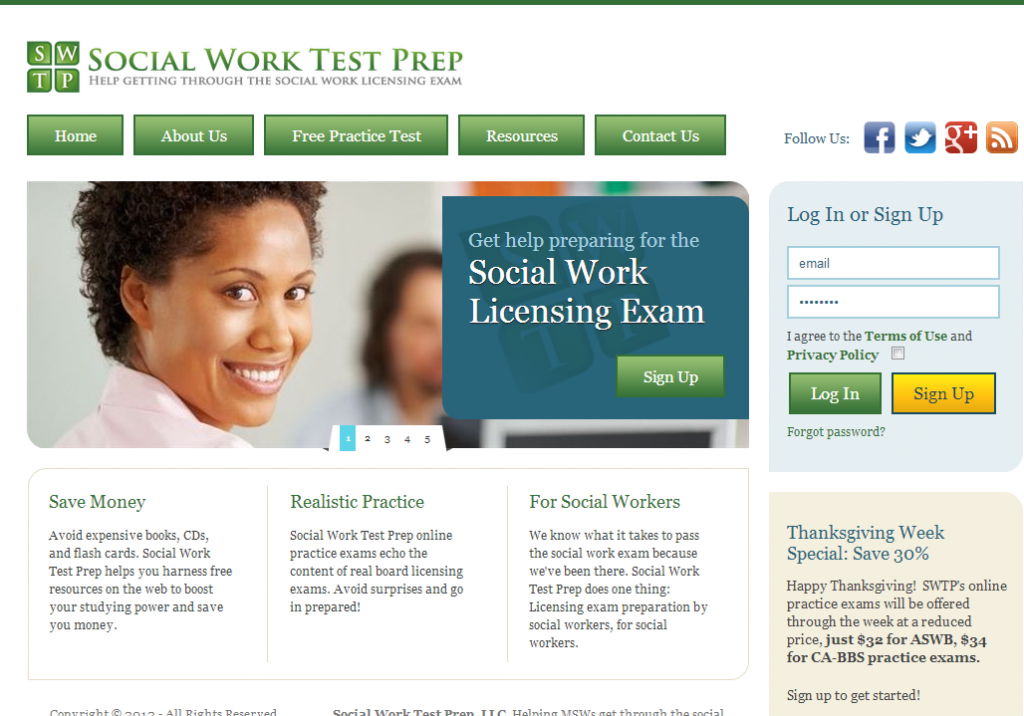The NYT digs in–part of a New York Times Magazine Therapy issue.
There is evidence that less intensive and less expensive therapeutic interventions against suicide might help children, at least those at the highest risk and, by extension, put less pressure on the medical system. For a study published in 2001, more than 800 patients in San Francisco who were hospitalized for suicidality or depression and who declined follow-up care were assigned to two groups: One had no follow-up contact and the other received periodic, typewritten letters from a health care worker who had interviewed them. The letters were brief but expressed concern and a desire to keep in touch. “It has been some time since you were here at the hospital, and we hope things are going well for you,” a typical letter read. “If you wish to drop us a note we would be glad to hear from you.” Patients in the contact group received eight letters the first year, then four letters for several years. Within two years of leaving the hospital — the span of time during which suicidal patients are most likely to kill themselves — the group that received letters was half as likely to die by suicide as the control group.

Leave a Reply
You must be logged in to post a comment.